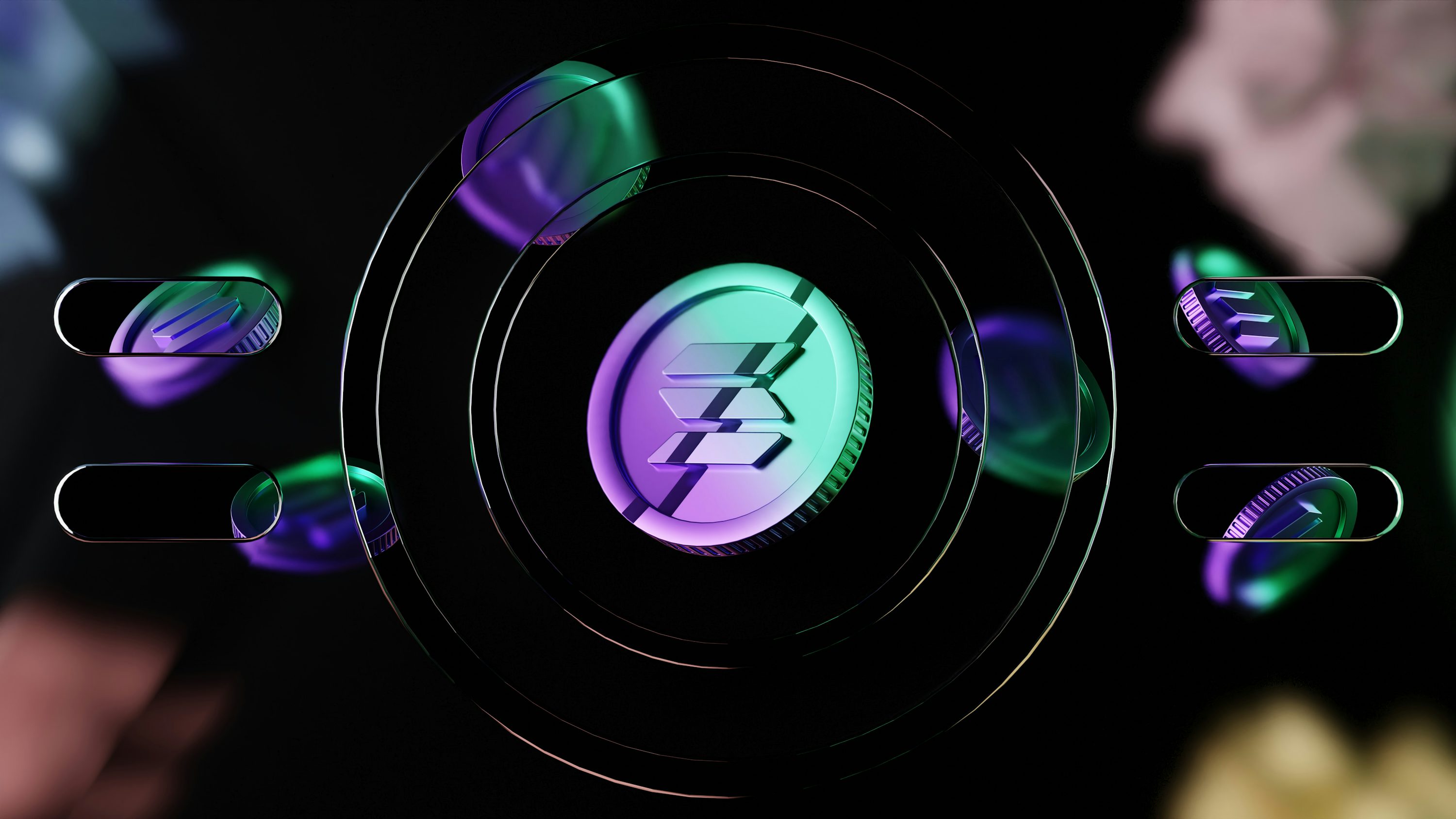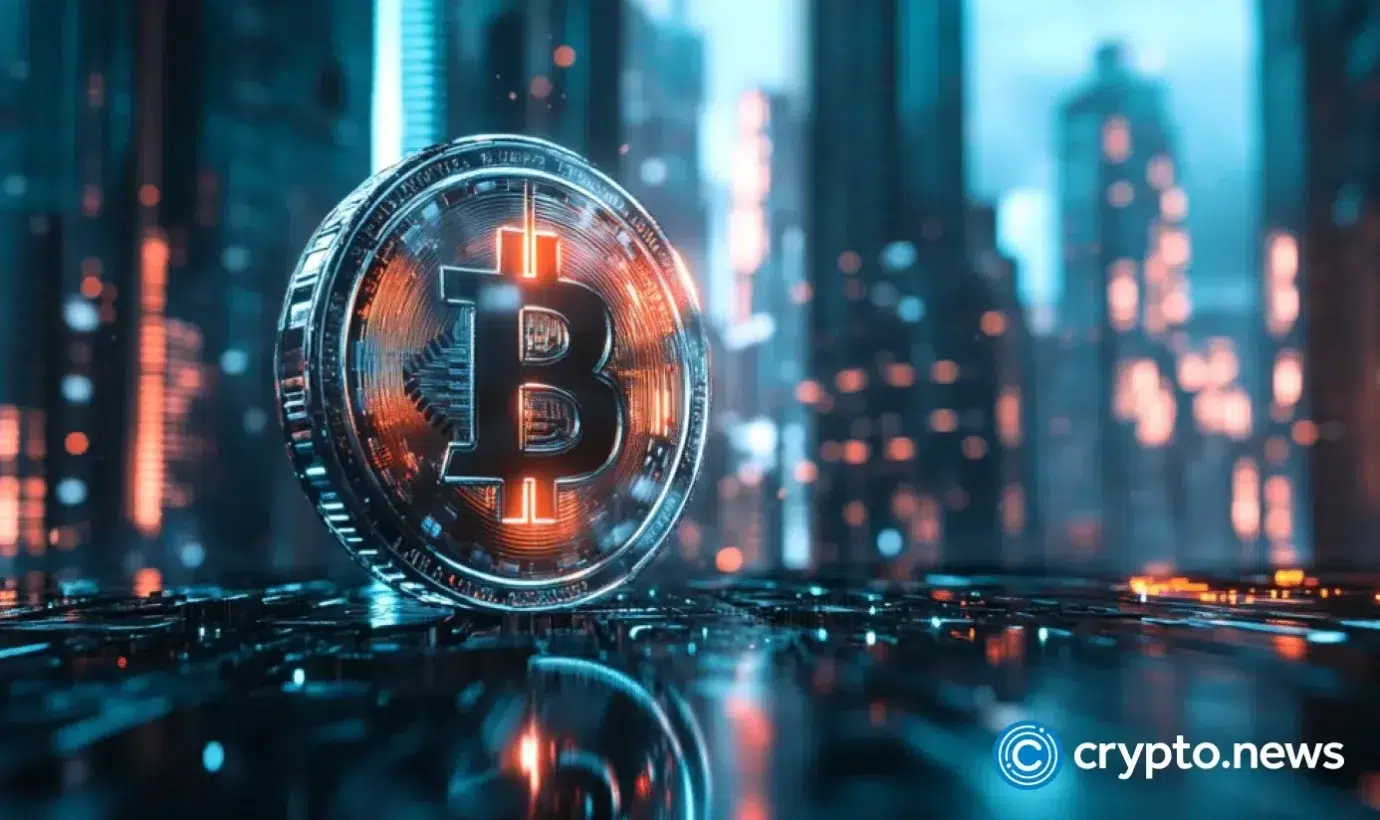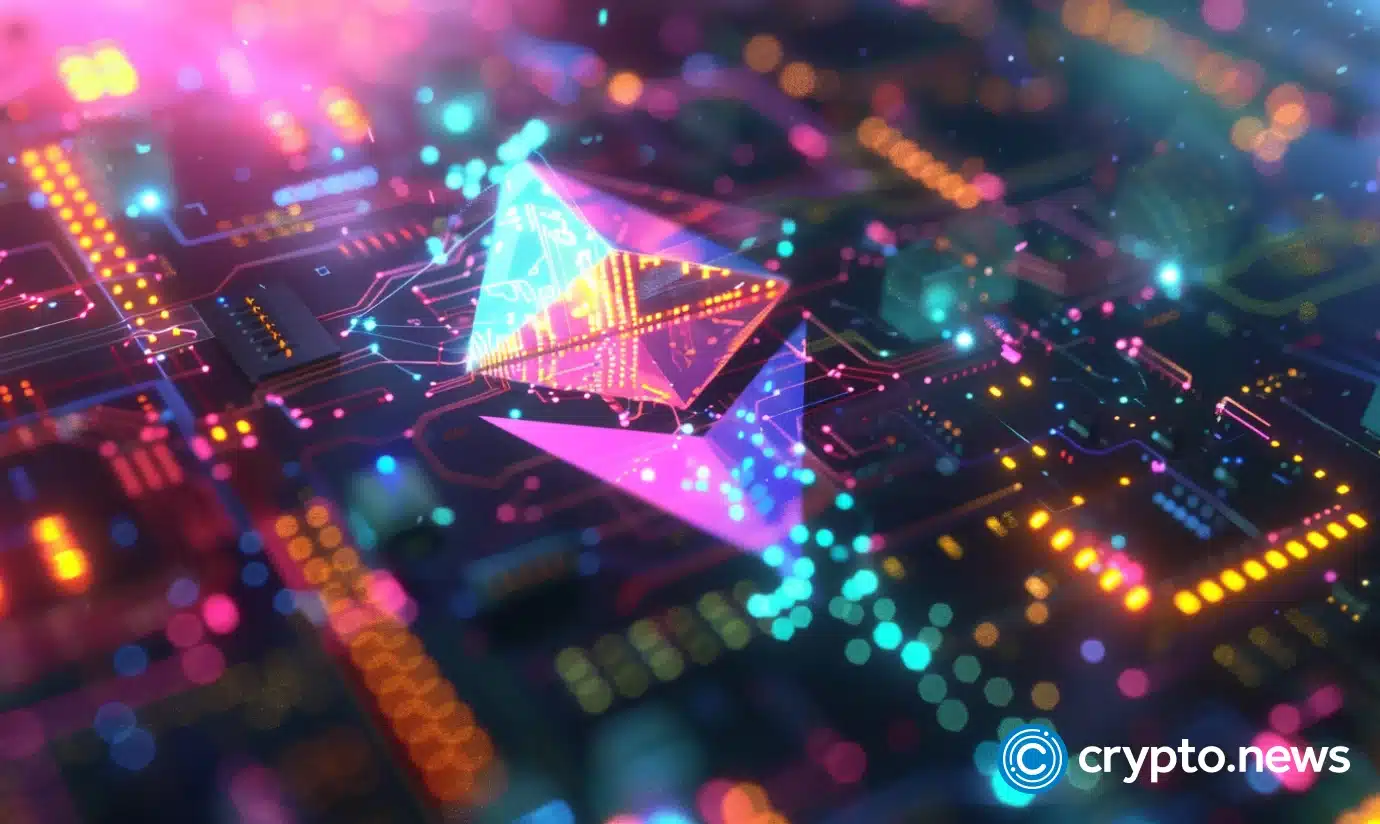Decentralized systems are becoming increasingly popular, and now physical infrastructure is following suit. Decentralized Physical Infrastructure Networks (DePINs) are a new concept that uses blockchain technology to manage and maintain physical infrastructure. By offering crypto incentives, these networks ensure that resources like computer systems, communication networks, and energy grids operate efficiently without needing centralized control.
What is DePIN?
DePIN refers to infrastructure networks built and managed using decentralized principles. Instead of one company or government controlling and maintaining assets, DePIN uses blockchain networks to decentralize ownership and responsibilities among numerous participants. Such networks are pivotal to Web3 infrastructure in the future, where decentralization is not only restricted to digital assets but also real-world utilities.
Some key characteristics of DePIN include:
- Decentralized Ownership: Infrastructure assets are owned and operated by a distributed network of participants.
- Crypto Incentives: Users and operators earn crypto rewards for contributing resources or maintaining the network.
- Transparency: Blockchain networks ensure that all transactions and activities within the network are verifiable.
- Efficiency: DePIN reduces operational costs by eliminating middlemen and automating processes using smart contracts.
How DePIN Works
DePIN is founded on blockchain technology to coordinate infrastructure deployment and maintenance. Smart contracts and crypto-powered networks provide automation of various processes, with efficiency and transparency being assured.
Here is how a typical DePIN system operates:
- Network Participants: Developers, investors, and users offer resources such as storage, computer power, or bandwidth.
- Blockchain Integration: They are recorded on a distributed ledger on transactions, ownership, and rewards.
- Token Incentives: Individuals are rewarded with tokens for joining, encouraging others to become part of the network.
- Smart Contracts: Automated contracts manage resource allocation, payment, and system maintenance.
- Governance Mechanisms: Decentralized governance allows voters to vote on upgrades and operation changes.
Real-World Applications of DePIN
DePIN has the potential to transform multiple industries by introducing decentralized infrastructure solutions. Some key areas where DePIN is making an impact include:
Industry | DePIN Use Case |
Telecommunications | Decentralized wireless networks like Helium provide internet access without reliance on large corporations. |
Energy | Blockchain-based energy grids allow individuals to trade excess electricity peer-to-peer. |
Cloud Computing | Decentralized networks like Akash Network provide cloud storage and computing power at lower costs. |
Transportation | Crypto-powered ride-sharing platforms reduce costs by eliminating intermediaries. |
Data Storage | Protocols like Filecoin offer secure and decentralized file storage solutions. |
Benefits of DePIN
DePIN brings numerous advantages compared to traditional centralized infrastructure models. Some key benefits include:
- Lower Costs: Decentralized networks eliminate intermediaries, lowering costs and making service more affordable.
- Increased Accessibility: People across the globe can access and enjoy, eliminating location restrictions.
- Improved Security: Blockchain networks support data integrity and reduce the possibilities of cyber attacks.
- Enhanced Efficiency: The automation minimizes the need for manual supervision and maximizes resource utilization.
- Community Governance: Members are consulted in making decisions to allow equitable and democratic control.
Challenges Facing DePIN
While DePIN has many advantages, there are also challenges to be addressed in order to encourage broader adoption:
- Regulatory Ambiguity: Regulators and governments are still figuring out how to address decentralized infrastructure.
- Challenges of Scalability: Addressing widespread decentralized networks requires significant technical ingenuity.
- User Adoption: There are not many users who know DePIN and would therefore be resistant to change.
- Security Threats: While blockchain is more secure, there are smart contract vulnerabilities that can still be exploited.
- Setup Costs: Decentralized infrastructure requires preliminary investments in hardware and software.
The Future of DePIN
As blockchain technology continues to advance, DePIN will be a key part of Web3 infrastructure. The shift from centralized to decentralized infrastructure may be able to make networks more resilient, efficient, and inclusive. Governments and enterprises are beginning to look at collaboration with DePIN projects, having understood the benefits of decentralized models.
In the coming years, we can expect:
- More investment in DePIN projects from both private and public sectors.
- Increased integration of DePIN in essential services like energy, transport, and communication.
- Advancements in scalability solutions to accommodate larger networks.
- Regulatory frameworks that define how DePIN operates within existing legal structures.
DePIN is a significant step toward a decentralized future in which networks powered by blockchain technology control physical infrastructure. DePIN has the power to transform a variety of industries by doing away with central authorities, implementing crypto-enabled incentives, and improving security. Despite the challenges, further development and use will open the door to a more distributed and effective infrastructure system globally.
The future of DePIN is just beginning, and it may soon be a part of our lives, just like blockchain and cryptocurrencies have transformed finance.
Remember, investing in cryptocurrencies involves risks, and it’s important to conduct thorough research and seek professional advice before making any financial decisions. (Please keep in mind that this post is solely for informative purposes and should not be construed as financial or investment advice.)

















 English (US) ·
English (US) ·